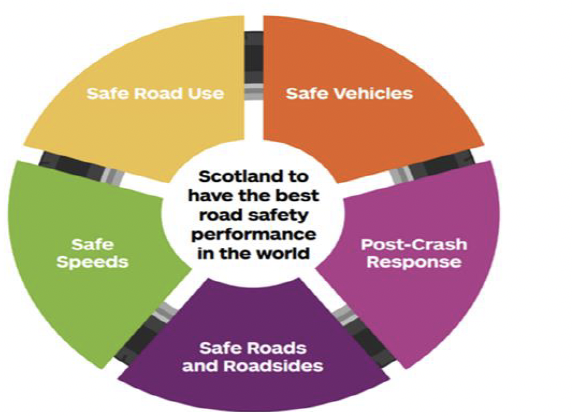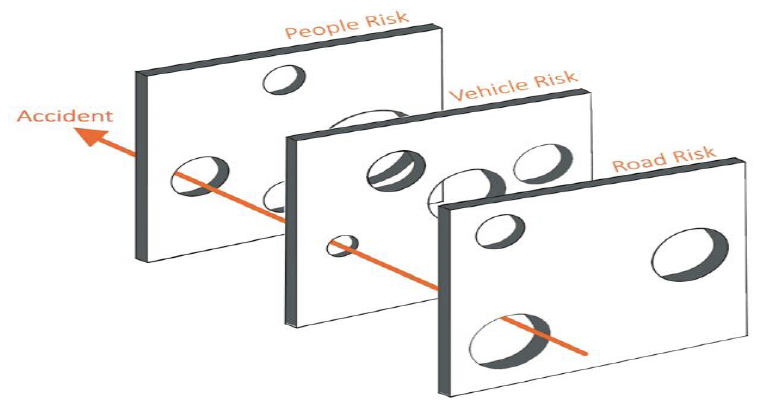1. Introduction
1. Introduction
Since 2000, the number of people killed on Scotland’s roads has decreased by 47% with 2020 having the lowest number of fatalities ever recorded. However, in 2022, there was a rise in recorded fatalities which follows on from the long-term downward trend and although the figures remain low, one fatality on our roads is simply one too many.
To continue to deliver a reduction in road casualties and gain an understanding of how fatal collisions are happening on Scotland’s road network an in-depth analysis of all fatal road traffic collisions on Scotland’s road network for the years 2015-2020 was conducted. Working in partnership, in the delivery of Scotland’s Road Safety Framework 2030 (RSF2030) Police Scotland and Transport Scotland have established a road traffic fatality database, with an analyst from Police Scotland interrogating the data to create a detailed report.
The outcomes of the report provide insight into the causation of fatal collisions and has allowed for the identification of countermeasures and pro-active recommendations which if implemented, may have prevented or reduced the severity of these collisions and can be used in order to reduce the risk and harm of future collisions that have similar characteristics.
Figure 1:Safe System Wheel
The research supports RSF2030 which has a vision to have the best road safety performance in the world by 2030 and a compelling long-term goal for road safety where there are no deaths or serious injuries on Scotland’s roads by 2050.
These outcomes align with the five pillars of the Safe System which puts people at its centre, and aims for a more forgiving road system that takes human vulnerability and fallibility into account; people are fragile and make mistakes that can lead to collisions. A Safe (road) System mitigates that problem with its five pillars which effectively act as layers of protection: safe road use; safe roads and roadsides; safe vehicles; safe speeds; and better post-crash response; all working in harmony to prevent deaths and serious injuries
All road users are exposed to a variety of risks at all times. The alignment of one or more risks can result in a collision.It is therefore important to understand the nature of collision causation, as it may be any combination of factors that result in a collision and any combination of factors that result in a fatality. Changing the risk in any layer can mitigate the severity of the collision or prevent it from happening entirely.
Figure 2: Swiss Cheese Model of Road Risk
In the course of analysis a number of at risk groups of road users were identified. In addition to vulnerable road users (motorcyclists, pedal cyclists and pedestrians), younger drivers, older drivers and foreign drivers were prominent.
Where key findings, countermeasures or recommendations are specific to these groups, this has been highlighted.
Through the review and analysis of existing fatal collision data this report aims to:
- Identify the contributory factors that led to the fatal outcome of the collisions
- Identify the countermeasures that could have prevented the fatal collisions or reduced the severity of injury
- Explore the target populations for specific countermeasures
- Make recommendations to assist in addressing identified themes and issues.
Details of information sources reviewed and methodology/limitations of analysis are provided in Appendix A.